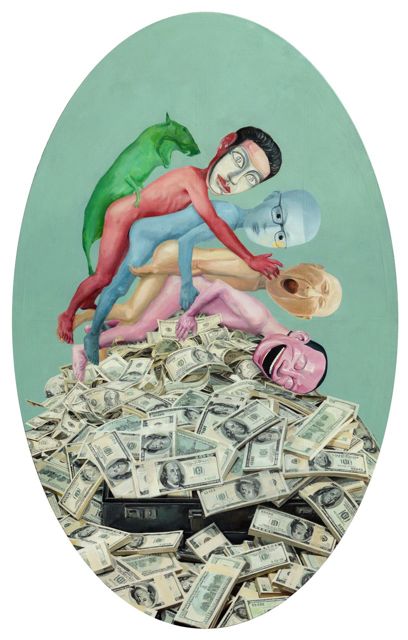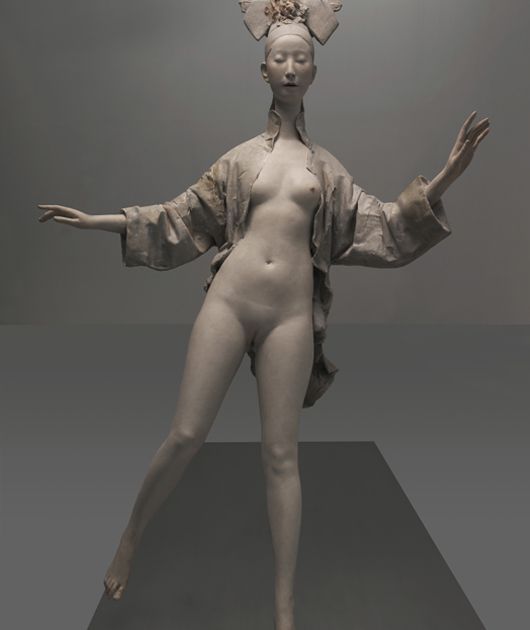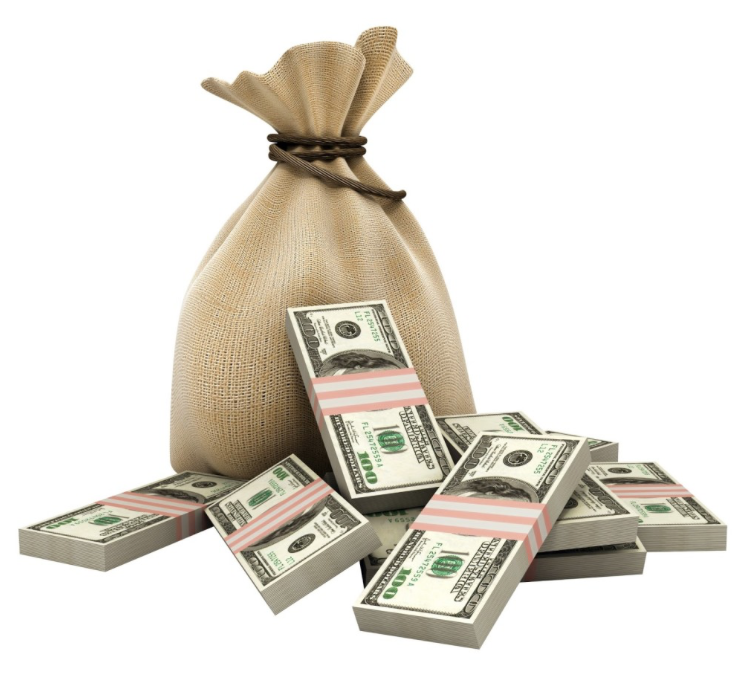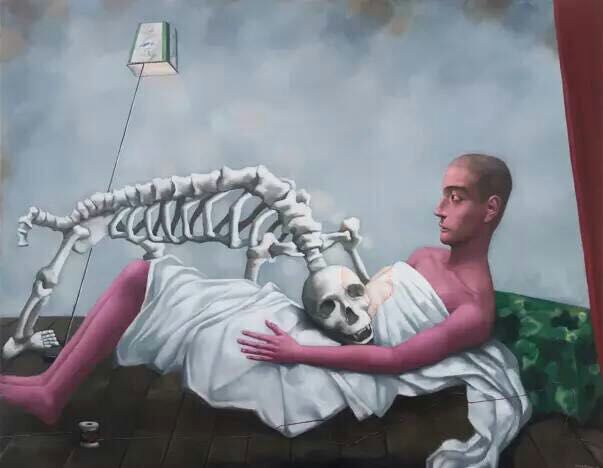Wealthy investors are strongly focusing on art as an asset class following continuous years of record auction prices and strong recovery in the art market.

This rapid growing demand for art investment has seen several private banks launching their own art funds to meet client demand.
The strength of the art market has also seen more wealthy clients using their existing art collections as collateral for loans.
Michael Darriba of Deutsche Bank Private Wealth Management says that interest in borrowing against art has increased enormously in the past year. “In the current climate where liquidity is king, to be able to monetise some of those assets without having to sell them is really attractive,” he says.
Deutsche Bank will offer rates of between 2 to 5 per cent over the three-month interbank rate, with an arrangement fee of between 1 to 2 per cent. It typically offers clients loans to value of between 20 to 50 per cent.
Citi Private Bank has experienced a similar increase in activity over the last quarter of 2010. Suzanne Gyorgy, head of art advisory and finance at Citi Private Bank, says wealthy individuals have begun looking at their art collections and realising that they have held up very well in price, providing a good basis for a loan.

“During the downturn we had a number of people that had margin facilities in trouble who had unencumbered art collections,” she says. “We quickly valued the art and transferred the collateral so that they weren’t sold out of their stock positions.”
Gyorgy believes a growing number of private banks are now seeing art as a hook to engage more clients. In 2009, Société Générale Private Banking recognised that investing in art was of interest to its clients. Lombard Odier, the Swiss private bank, has a custody platform which integrates deposited assets such as equities and bonds, with non-deposited assets such as private equity, artwork, yachts and aircraft.
With art prices rising for several years now, many collectors find themselves in the enviable position of owning art that has increased substantially in value. But many don’t want to sell their art to access that wealth.Fortunately for them, banks and smaller, specialist lenders increasingly are offering loans secured by the borrower’s art. A survey last year by Deloitte and ArtTactic Ltd., an art-market research firm, found that 40% of private banks said art-secured lending would be a strategic focus in the coming few years, up from just 13% in 2012. And almost half of all art collectors surveyed said they would be interested in such a service.
“On the one hand, we’re seeing that collectors are increasingly demanding ways to provide some liquidity and free up capital. And on the other hand, we’re starting to see more willingness among banks to offer this type of lending.
For collectors, the amount they can borrow, the risk the loan entails and the interest rate all depend on what type of loan they get. Here’s what potential borrowers need to know.
Two Types of Loans:

Art-secured lending takes two main forms, recourse and nonrecourse. Private banks typically offer recourse loans, meaning the art serves as collateral for the loan but the borrower also has to give a personal guarantee of repayment. That means if the borrower defaults and the bank can’t recover the full amount of the loan by selling the art, it can make a claim on the borrower’s other assets.
A host of smaller lenders have started offering nonrecourse loans, which don’t require the borrower’s personal guarantee. “With nonrecourse lending, the only asset that is the security for the loan is the artwork itself,” says Paul Ress, founder of Right Capital Ltd., which offers advisory services and arranges nonrecourse loans. “Obviously, in those instances the creditworthiness of the individual is much less important than the art itself.”
Mr. Ress says the private banks typically offer much lower rates on recourse loans, because the lender’s risk is lower and the banks view the service as part of an overall relationship with a wealthy client. Borrowers may be able to get rates as low as 2% or 3%, he says. For nonrecourse loans, interest rates vary widely but typically range from 8% to 16%, Mr. Ress says.
The private banks typically only offer much larger loans, as well. Suzanne Gyorgy, head of the art advisory and finance group at Citigroup ’s Citi Private Bank, says her bank’s minimum size for an art-secured loan is $5 million. Since loans typically are around 50% of the appraised value of the art, the borrower’s collection would need to be worth around $10 million or more. And the minimum value of each piece is $200,000.

Nonrecourse lenders will often deal with smaller amounts and the minimum loan size is $100,000. Mr. Ress says he arranges loans of between £500,000 and £7 million, or about $780,000 to $10.9 million.
For either type of loan, the art needs to meet certain criteria. First, borrowers need proof of authenticity, such as purchase documents, exhibition history, sale history and inclusion in a catalog. Borrowers also need to prove that they own the art outright, with no possibility of anyone else claiming it in situations like divorce or a disputed inheritance.
And certain types of collections make better collateral than others in the eyes of lenders, which may affect whether a borrower can get a loan, how big a loan can be and what interest rate it carries.
For instance, Ms. Gyorgy says artworks from ancient civilizations are risky for lenders because of the possibility that the government of the country where they originated will try to recover them. Citi’s collateral pool is almost equally split between 19th-century Impressionist paintings and postwar/contemporary art, with a small smattering of other categories such as old masters and Latin American art, Ms. Gyorgy says.
Where the Money Goes

Why might collectors want to borrow against their art? According to the Deloitte/ArtTactic survey, 53% of collectors who expressed an interest in art-secured lending said their motivation would be to buy more art, while 38% said they’d use the money to invest in other business activities and 9% said they’d use it to refinance existing loans.
Ms. Gyorgy says her clients include hedge-fund managers and people in private equity who want to access funds for new investment opportunities. Revolving lines of credit are more popular than term loans because of their flexibility, she says.
But if a collector needs liquidity, why not just sell the art? First, says Mr. Ress, because a sale is subject to capital-gains tax. Second, the collector may love the piece and want to keep it. Third, selling through the major auction houses can attract unwanted publicity, especially if the values are large.

“Selling art, particularly a trophy piece, is often considered to be a sign of financial distress,” says Mr. Ress. “And some people just don’t like publicity. If you sell a painting at auction for two or three million, it’s just a bit too public.”
